Join the author, Néstor T. Carbonell, as he shares a critical analysis of the Castro-Communist regime and explores the challenges and opportunities that will likely arise when freedom finally dawns in Cuba.
CHAPTER 5: The Cloak and the Dagger—Joining the Exile Front (Mid-1960)
Bissell intimated that a standby force, preferably of non-Americans, may be required for the later action phase. He also advised the group that if local resistance (the anti-Castro US-trained force) was unable to accomplish the mission, there may be a need for air action and the possible occupation of the Isle of Pines in Cuba for a base of operations.
When the secretary of defense Thomas Gates asked whether US officers and men would be involved in the backup force, Dulles dodged the query and missed a great opportunity to discuss that likely contingency. He insisted that a decision on the backup force be deferred.
The national security adviser Gordon Gray, sensing reluctance to face up to this critical issue, «pointed out that it would be unwise to mount any kind of an operation without the determination to see it through, and that an abortive effort would be worse than no effort at all.»
President Eisenhower was even more emphatic. He said that he «would go along [with any proposed plan] so long as the Joint Chiefs, Defense, State, and the CIA think we have a good chance of being successful.» Regarding the need to increase the budget for the operation, he indicated that «he wouldn’t care much about the kind of cost; indeed,… he would defend this kind of action against all comers, and that if we could be sure of freeing the Cubans from this incubus [less than one line declassified], it might be a small price to pay.»12
ANTI-CASTRO GUERRILLAS IN CUBA
Inside the island, Fidel Castro’s popularity was rapidly declining as a result of his draconian measures, from massive confiscations to the obliteration of the free press to arbitrary executions and arrests. Widespread discontent was compounded by the manifold disruptions produced by Fidel’s totalitarian reengineering of society. The government-support programs designed to alleviate the crisis while creating state dependency (food supply, housing, health care, and education) had not yet been fully implemented. In that chaotic environment, nothing seemed to work other than propaganda, which was relentless; spying, which was pervasive, and military training, which was mandatory.
Still, the Castro regime, though vulnerable, was not in danger of unraveling or of being toppled from within. According to the US Embassy in Cuba, Castro could at least count on the hard-core support of 15 percent to 25 percent of the population.13 This segment comprised not only the registered Communists and the direct beneficiaries of the regime’s perks (the so-called «New Class») but also militant youngsters inflamed by the revolution; pliant intellectuals; and regimented workers. With the additional backing of his reconstituted army and newly formed people’s militias, Fidel was not too concerned about the growing underground movement engaged in sabotage. Nor was he particularly alarmed by the anti-Communist guerrillas who were springing up in the mountains, mainly in the Escambray cordillera, in the south central region of Cuba.
Those freedom fighters were a mix of purged officers of the pre-Castro army, local farmers whose properties had been confiscated, and former guerrillas who had fought alongside Castro and who now opposed the Communist takeover.
Although the insurgents (about a thousand during the last quarter of 1960) lacked unified command and arms, they knew the area well and were backed by the largely sympathetic guajiros (peasants). Castro initially underestimated their staying power and potential to grow, dubbed them «bandits,» and only threw against the insurgents’ unseasoned militias with not many soldiers to round them up. They failed and had to be replaced with a much larger, experienced contingent.
The CIA strategists correctly surmised that they only had a window of a few months to bolster the insurgents before Castro mobilized overwhelming forces against them. Sure enough, with the guidance of about four hundred Soviet military and KGB experts stationed in the nearby military compound of El Condado, Castro launched in early 1961 a scorched-earth offensive against the rebels, who had soared to over three thousand guerrillas, backed by several thousand active supporters.’4 Other estimates were higher. To cut off their supply lines, the regime uprooted most of the peasant families living in the area and dragged them into concentration camps. Many of the guerrilla prisoners were tortured and executed.
Given these developments inside Cuba, the CIA rapidly built two bases in Guatemala. One of them, called «Trax,» was located on a coffee plantation surrounded by steep mountains not far from the western town of Retalhuleu. It served for guerrilla and later infantry training. The other, «Rayo,» an air force base constructed on flat terrain with a forty-eight-hundred-foot asphalt runway, was thirty-three miles from the Pacific coast of Guatemala, very close to Retalhuleu. Both bases were under CIA command, assisted by US military officers on loan.
While Trax trained what eventually became the invasion brigade, Rayo focused initially on preparing some fifty-eight Cuban pilots to drop weapons and ammunitions to the anti-Castro guerrillas operating in the Escambray Mountains. By the end of September 1960, the C-46 and C-54 transport squadrons at Rayo were ready for action. But they faced enormous hurdles.
As described by Captain Edward B. Ferrer, one of the Cuban pilots involved in the operation, they had to fly «over the mountains of Guatemala, the highest peaks in Central America at over 13,000 feet, in antique, World War II, unpressurized, propeller-driven aircraft, at night, fully loaded, with no … sophisticated navigational system [or reliable radio beacons].» The round trip of sixteen hundredtojeighteen hundred nautical miles took from eleven to fourteen hours depending on the type of aircraft and weather conditions.15
Worse still, there was no direct communication between the guerrillas and the Rayo air force base. As noted by Ferrer, «When the guerrillas requested an airdrop, they used an intelligence network operating between Cuba and the United States. The agents in the United States would then inform the advisers at Rayo of the date, time, and place of the scheduled drop. If for any reason the guerrillas had to move, there was no way for us to know.» Not surprisingly, most of the supply airdrops did not reach the guerrillas.16
This awkward, inefficient method of operation was the outgrowth of the delusion that primitive facilities and flawed execution would serve to mask Washington’s involvement. The unrealistic US goal of plausible deniability would hang like an albatross around the neck of CIA planners throughout the various phases of the Cuba covert operation.
But in the case of the Escambray episode, a most disturbing factor may also have accounted for the lack of full and sustained support of the anti-Castro guerrillas. According to Colonel Fred D. Stevens, who was US air attache at the embassy in Havana until diplomatic relations were severed in January 1961, Washington key players let the Escambray dry up because they had no control of the insurgents and questioned their ideology and political allegiance. In Colonel Stevens’s opinion, the abandonment of the guerrillas was a shortsighted and heartless decision with grave consequences for the cause of a free Cuba.17
Some have challenged this serious charge, but what is unquestionable is that by November 1960, when the besieged insurgents were being assailed by Castro forces and the Soviet Union had increased its arms shipments to Cuba, the CIA covert operation shifted from infiltrating teams geared for guerrilla warfare to launching an amphibious and airborne assault.
THE POLITICIZATION
OF THE CUBA ISSUE
During the 1960 presidential campaign, there were two hot foreign policy issues: the so-called «missile gap» with the Soviet Union (the reversewas actually the case) and the rising threat of a Communist Cuba buttressed by the Soviet bloc. The Castro-Khrushchev public embrace in New York during the September UN General Assembly, and their synchronized vitriolic speeches against the United States, underscored the danger posed by their sinister alliance.
Senator John F. Kennedy, running for president against Vice President Richard Nixon, took advantage of the inflammatory Cuba issue to accuse the Eisenhower administration of dereliction of its responsibilities for «permitting a Communist satellite only ninety miles from the shores of the United States.» Even though CIA director Dulles had twice briefed Kennedy on the overall strategy and ongoing plans to overthrow the Castro regime, the young Democratic candidate taunted Nixon: «Those who say they will stand up to Khrushchev have demonstrated no ability to stand up to Castro.»
Kennedy later doubled down with this statement: «We must attempt to strengthen the non-Batista democratic anti-Castro forces in exile, and in Cuba itself, who offer eventual hope of overthrowing Castro. Thus far these fighters for freedom have had virtually no support from our government.»
Nixon was infuriated by Kennedy’s foul play, which put him in a bind. He was unable to defend the Eisenhower administration—and himself—without revealing the anti-Castro plans that were, in fact, under way. To safeguard the covert operation, he rejected Kennedy’s «irresponsible and reckless» proposal that would be condemned by the UN and invite Khrushchev’s intervention in Cuba. To address the Castro threat, Nixon could only point to the Eisenhower administration’s limited trade embargo, ridiculed by Kennedy «as too little, too late.»18
Nixon’s perceived weakness on Castro, despite having championed the paramilitary plan to topple him, may have cost him the election. And Kennedy’s opportunistic bravado, publicly advocating*^ support to overthrow the Cuban dictator, came back to haunt him shortly after he became president. Such are the startling ironies of history.
THE NOVEMBER 29 WHITE HOUSE MEETING ON CUBA
Although the anti-Castro covert plan had already shifted from the infiltration of guerrilla-trained Cuban exiles to the launch of a combat-ready expeditionary force,19 President Eisenhower was critical of the slow progress that had been made. He echoed the concerns conveyed to him by his good friend, former ambassador William D. Pawley, namely, that the «500 [Cuban exiles] now in training should be increased to at least 2,000» and that the disjointed committee overseeing the covert operation «should have a strong Executive.»
The president agreed that it was impossible to train the force in the United States with any hope of keeping it under wraps and felt that it was not feasible at the time to recognize a Cuban government in exile, but he dismissed the State Department’s worry about «shooting from the hip.» In fact, he thought that «we should be prepared to take more chances and be more aggressive.»
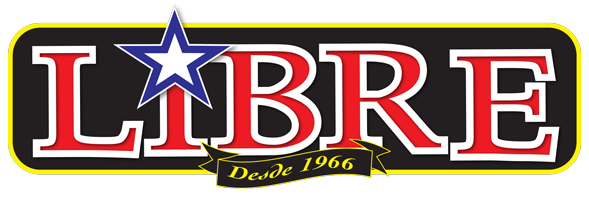
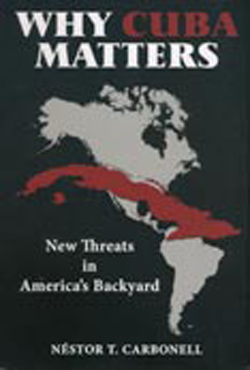

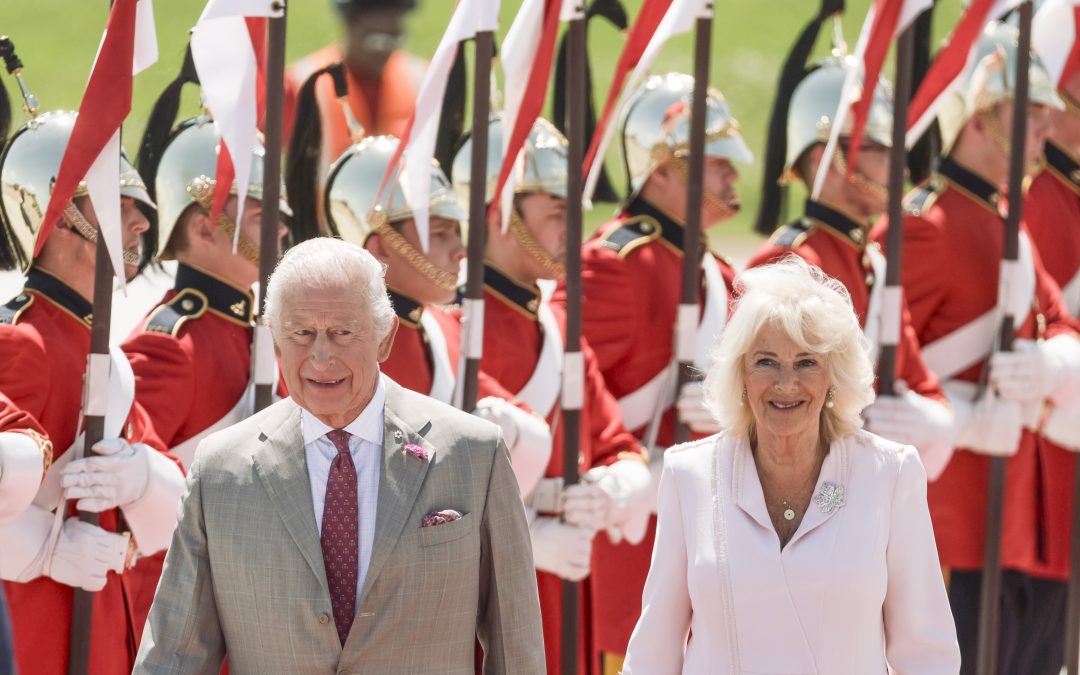
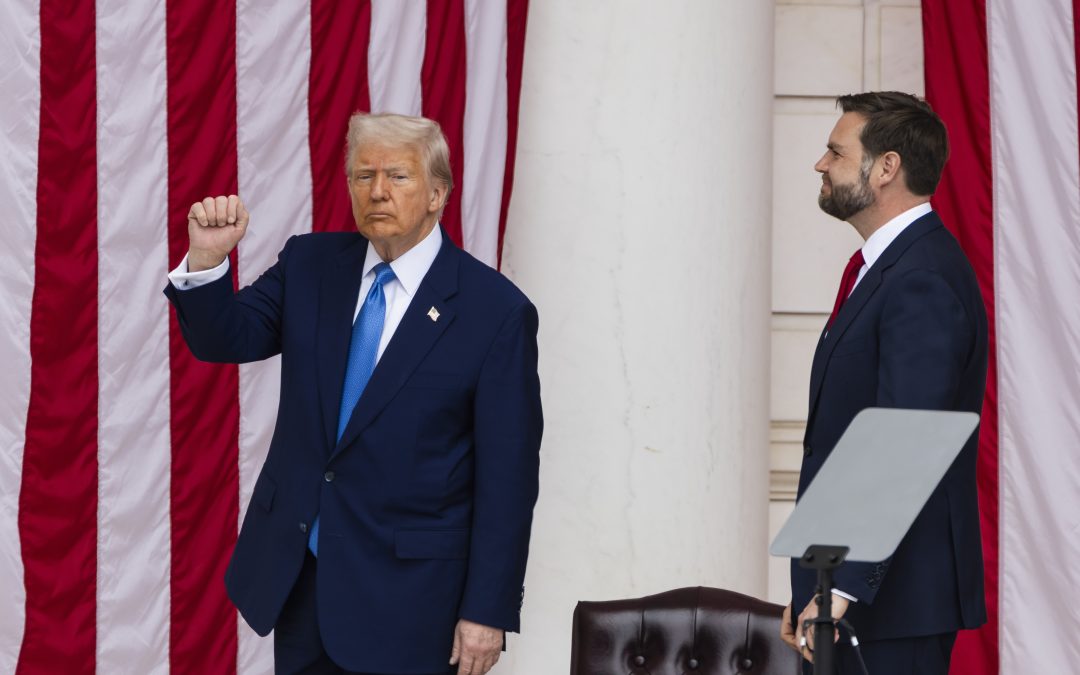
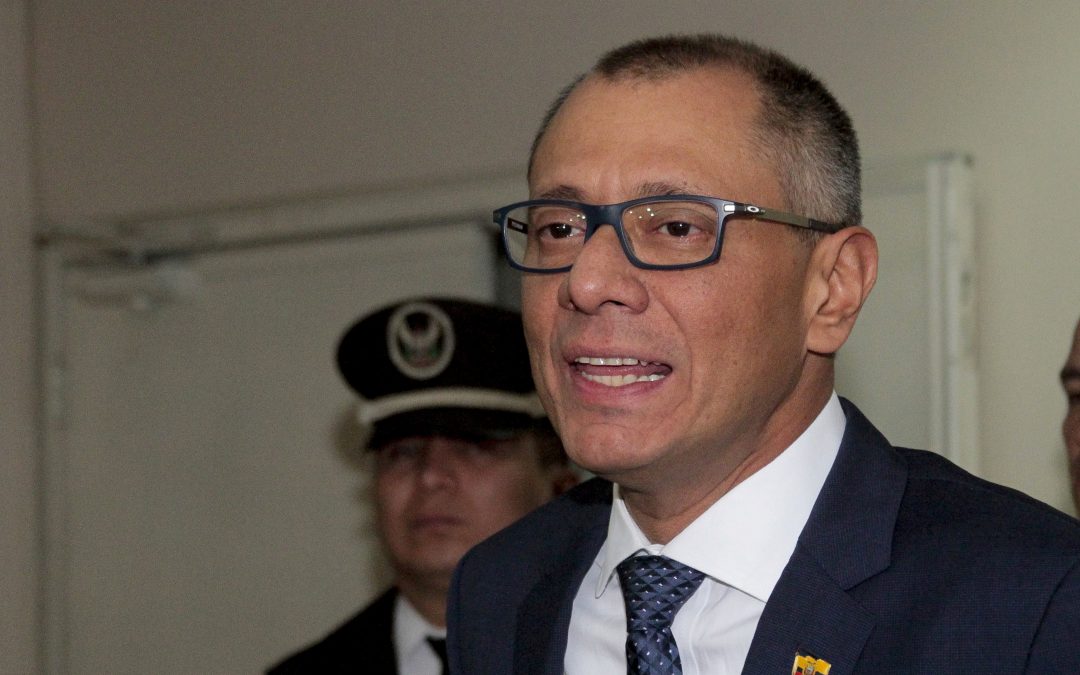
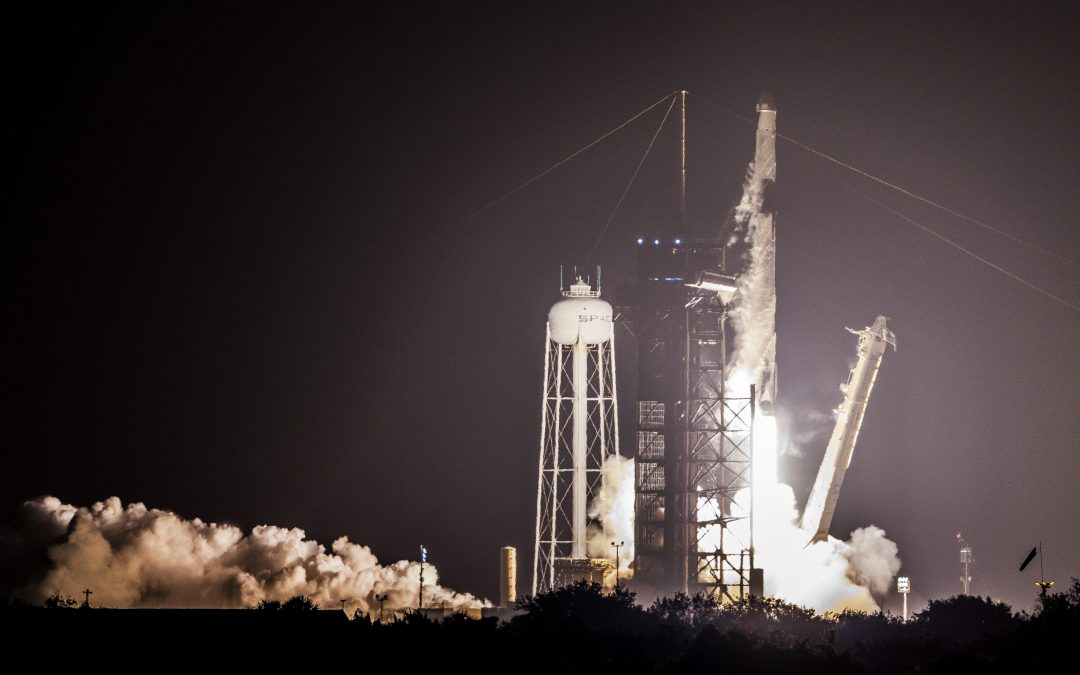
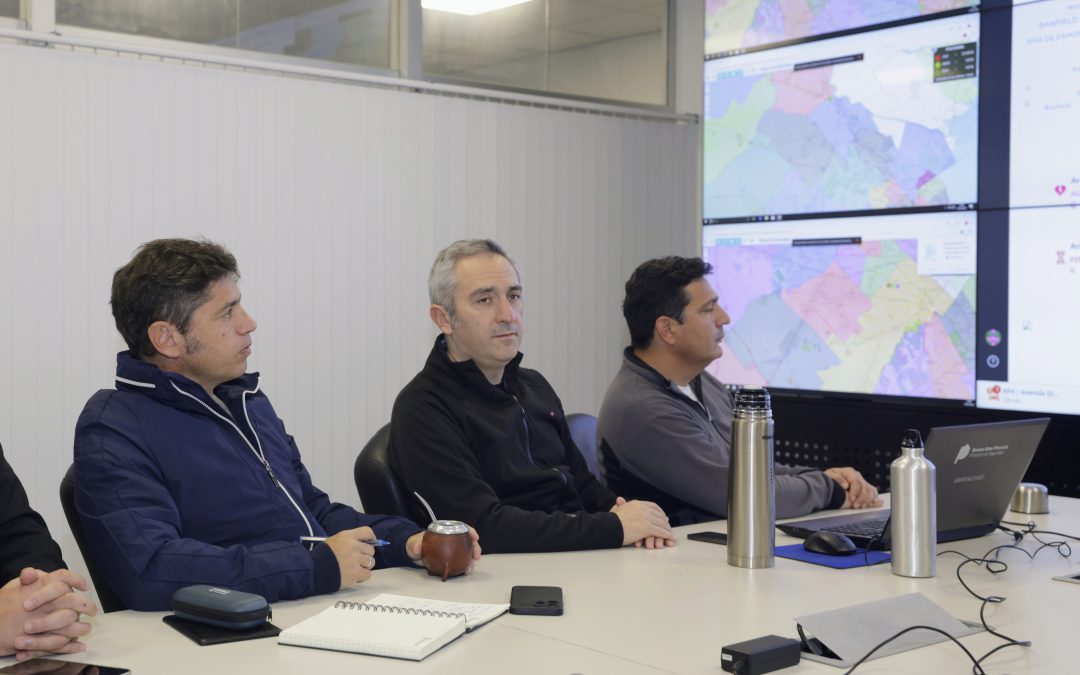


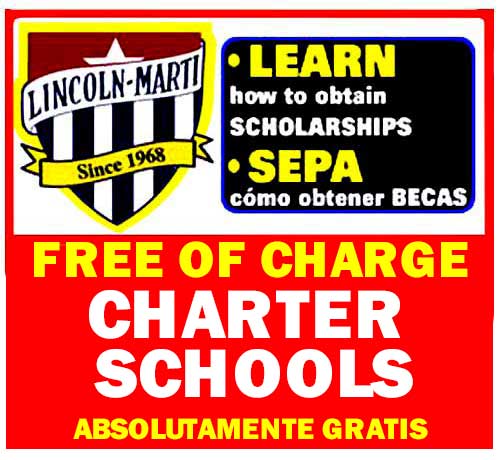

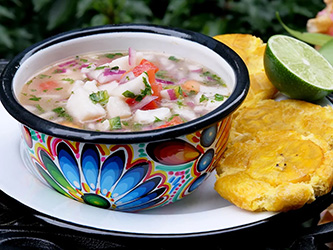
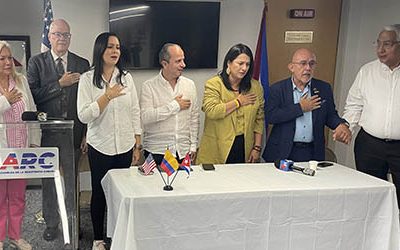
0 comentarios